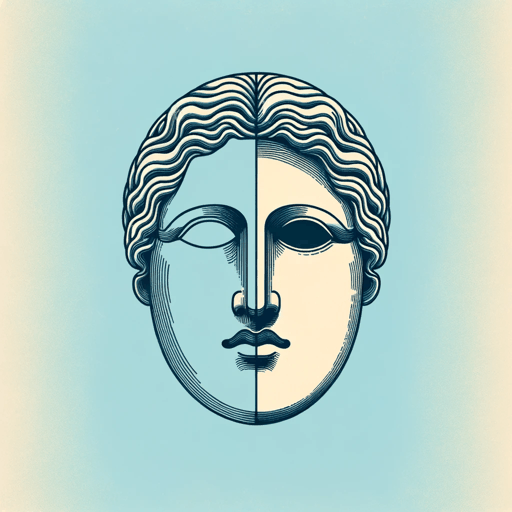46 pages • 1 hour read
Susan SontagOn Photography
Nonfiction | Essay Collection | Adult | Published in 1977A modern alternative to SparkNotes and CliffsNotes, SuperSummary offers high-quality Study Guides with detailed chapter summaries and analysis of major themes, characters, and more.
“America, Seen Through Photographs, Darkly”Chapter Summaries & Analyses
“America, Seen Through Photographs, Darkly” Summary
Sontag turns to analyzing photography’s relationship with American cultural ideals. She turns to Walt Whitman, one of the foundational figures of American poetry and a “euphoric humanist” who viewed the US as a beacon of humanity’s unified future. Sontag believes that Americans’ use of photography is the logical endpoint of Whitman’s dream, with an ironic twist. American photography focuses on the banal, mundane, and “ugly.” Photography democratizes and allows everyone in the US to share in the essence of being a celebrity because the camera’s gaze dignifies any subject. Sontag continues her exploration of Arbus’s work and positions Arbus as a paradoxical dissolution and continuation of Whitman’s ideals.
Whitman wanted to see America as a single united entity while Arbus’s work dissolves the idea that America is unified. Arbus photographed a hodgepodge of marginalized people who had almost nothing in common. Sontag notes that Arbus’s photography relies on the assumption that her viewers differ from her subjects; if her audience were the same as the people she photographed, they’d have little interest in her work. The people she photographed wouldn’t see themselves as scandalous, provocative images to ponder. Arbus’s presumed audience is people from middle-class and normative backgrounds like herself.
Related Titles
By Susan Sontag
Featured Collections
Art
View Collection
Beauty
View Collection
Books About Art
View Collection
Business & Economics
View Collection
Challenging Authority
View Collection
Colonialism & Postcolonialism
View Collection
Jewish American Literature
View Collection
National Book Critics Circle Award...
View Collection
Nation & Nationalism
View Collection
Philosophy, Logic, & Ethics
View Collection
Power
View Collection
Sociology
View Collection





